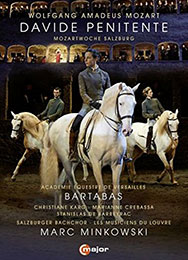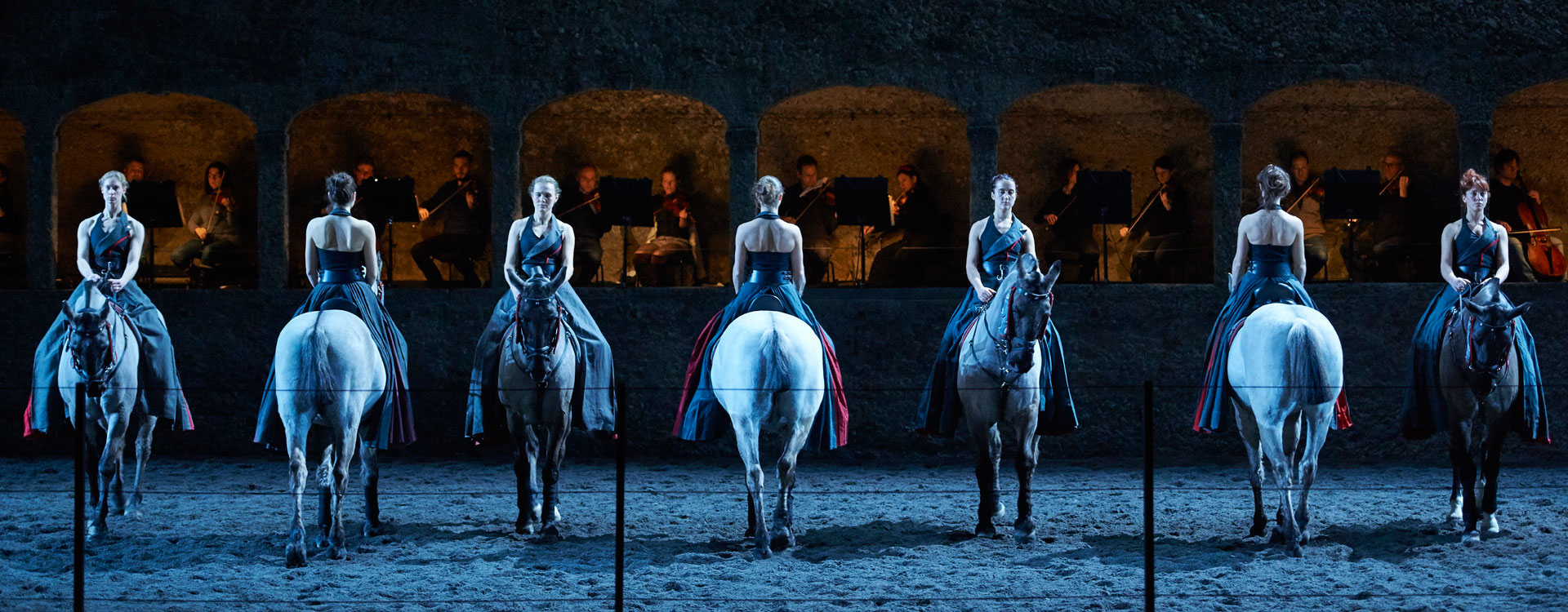
© Matthias Baus / Stiftung Mozarteum Salzburg
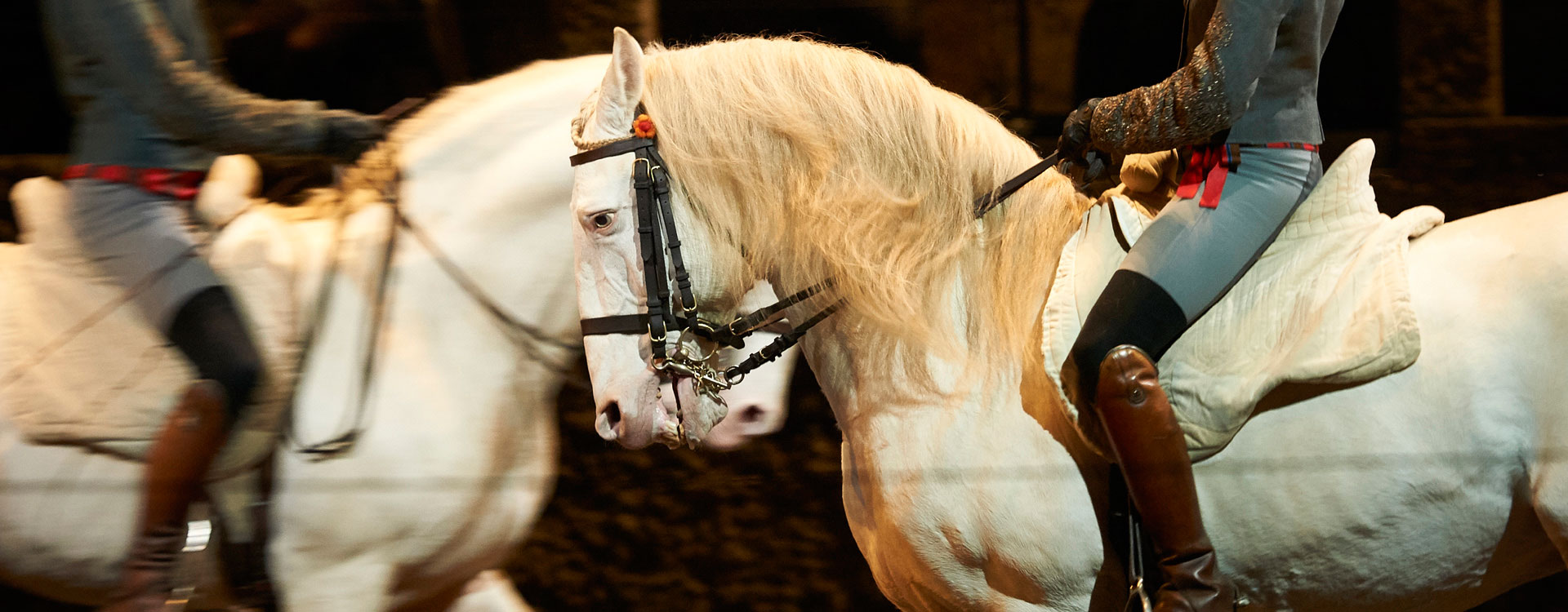
© Matthias Baus / Stiftung Mozarteum Salzburg
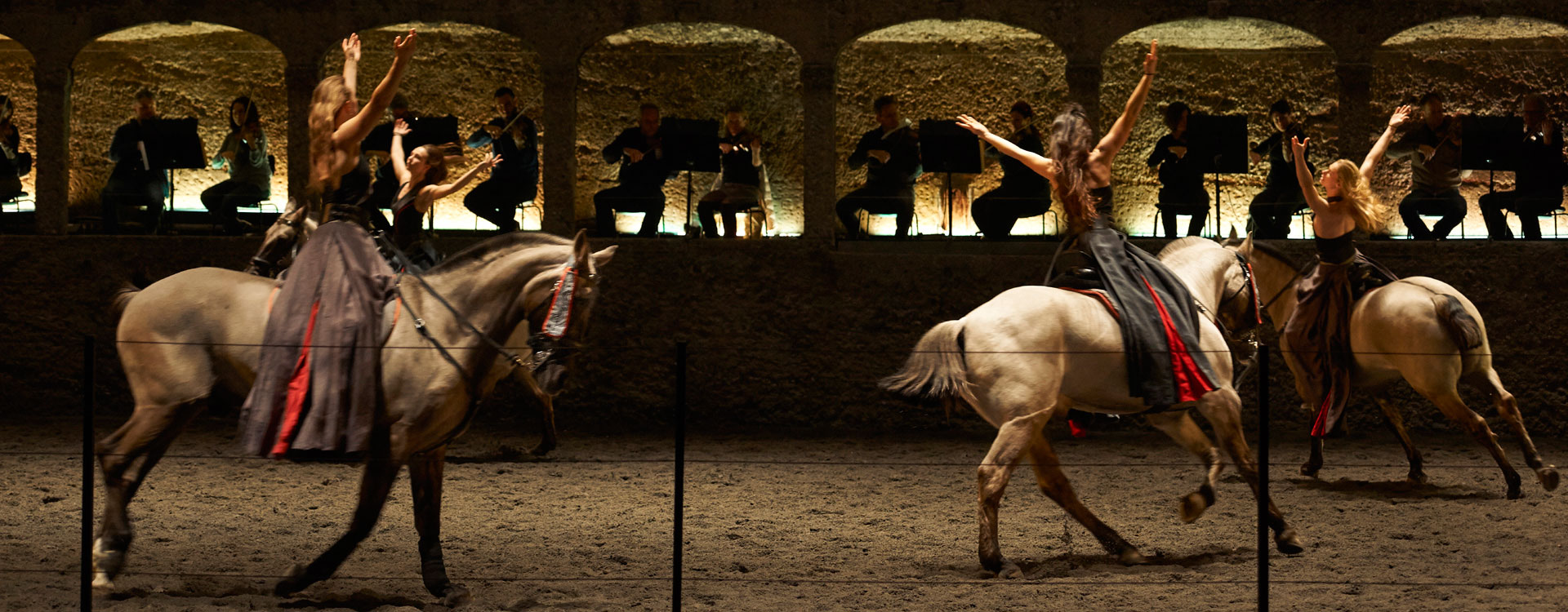
© Matthias Baus / Stiftung Mozarteum Salzburg
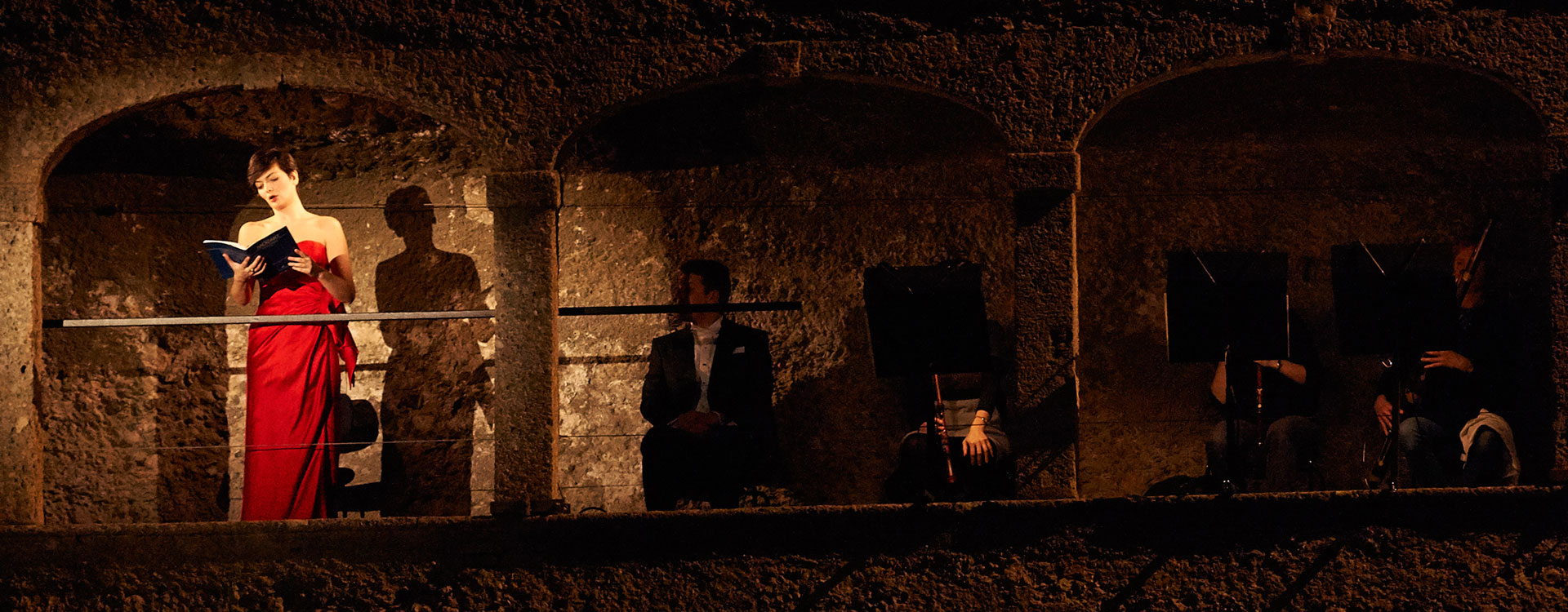
© Matthias Baus / Stiftung Mozarteum Salzburg
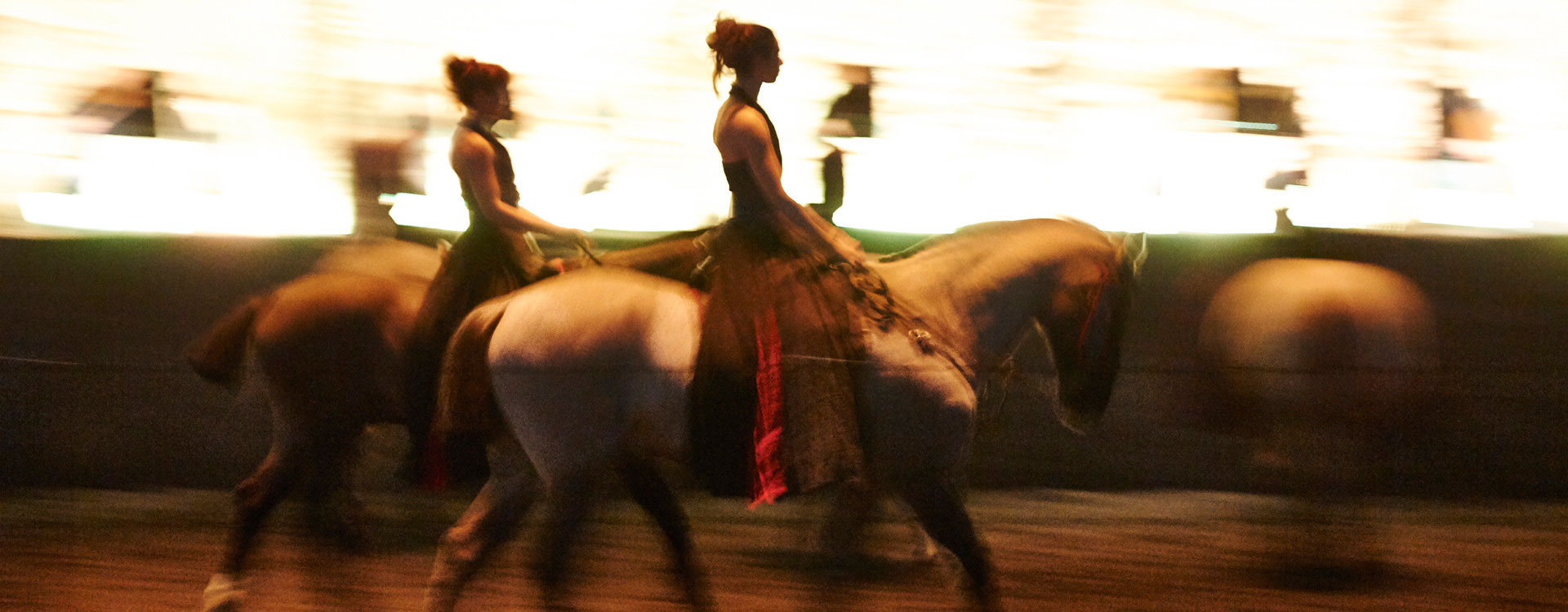
© Matthias Baus / Stiftung Mozarteum Salzburg
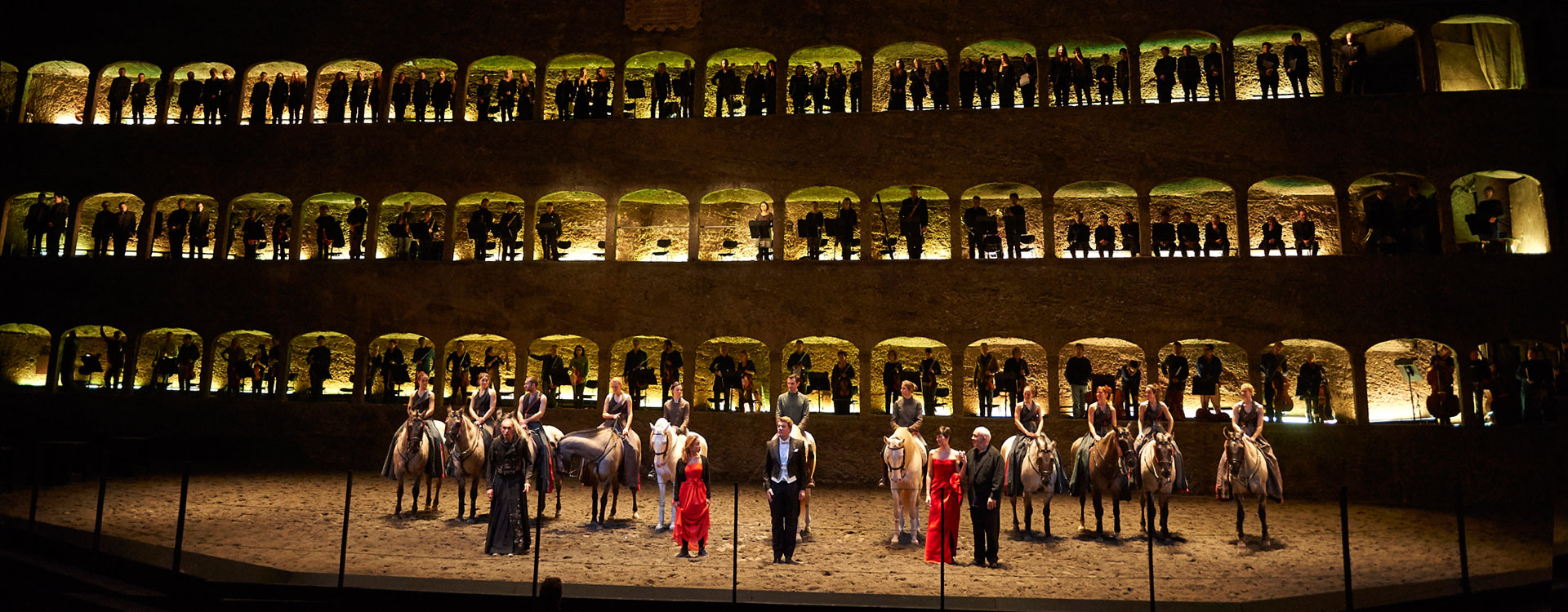
© Matthias Baus / Stiftung Mozarteum Salzburg
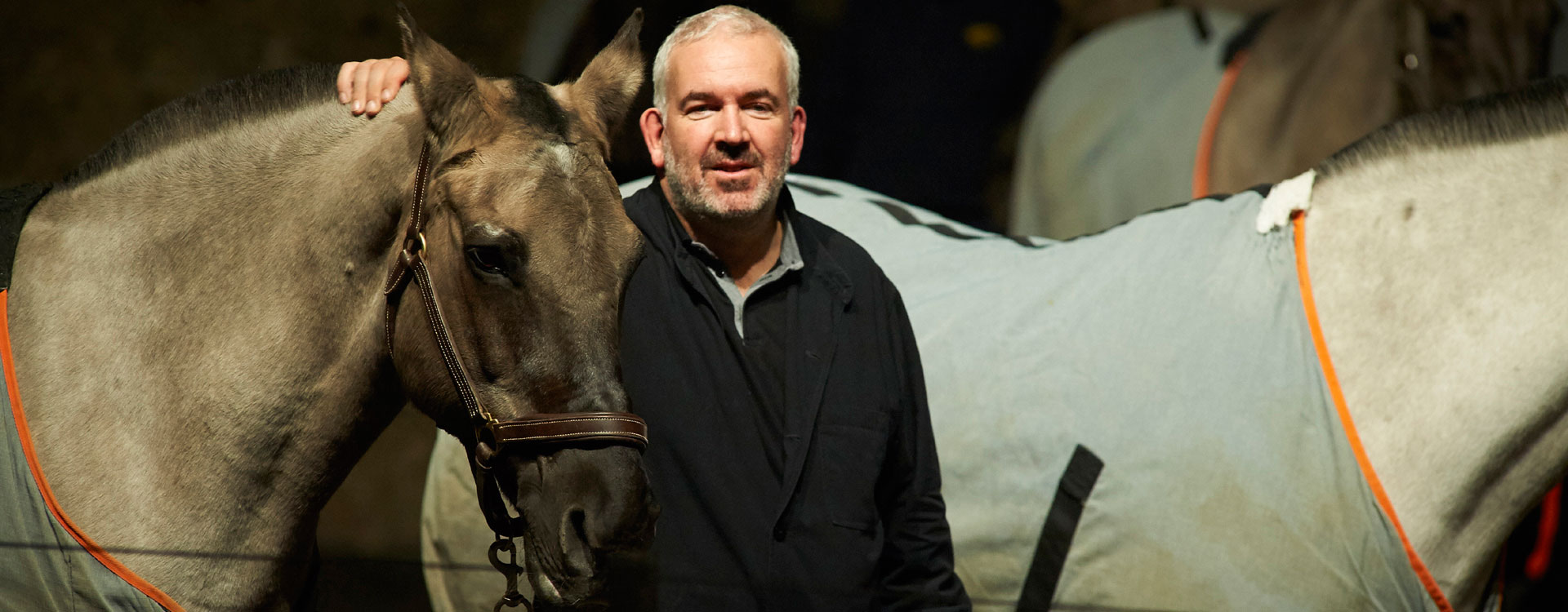
© Matthias Baus / Stiftung Mozarteum Salzburg
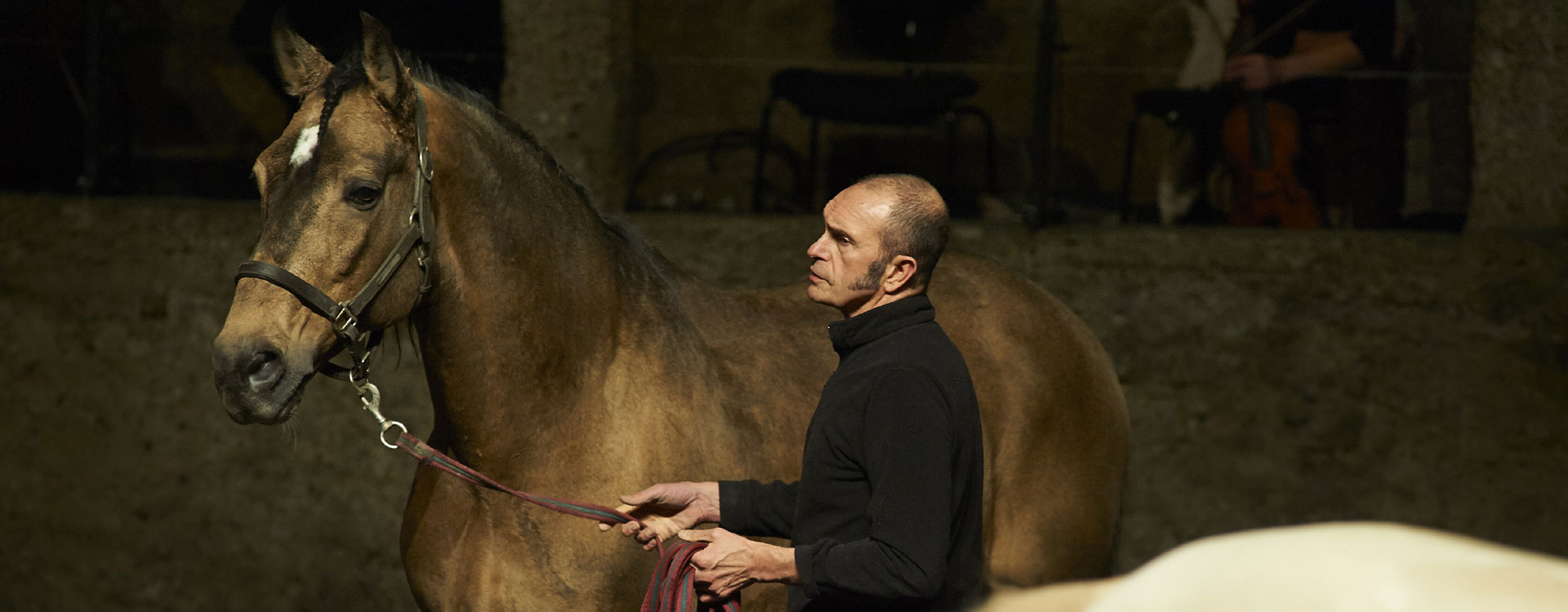
© Matthias Baus / Stiftung Mozarteum Salzburg
Davide Penitente - Cantata by W.A. Mozart
Horse Dressage by Bartabas & The Académie équestre de Versailles
Director: Andy Sommer
Distributor: C Major Entertainment
Length: 74 min.
16:9 shot in HD-Cam
© 2015, a BFMI production in co-production with ORF and Arte G.E.I.E in association with Stiftung Mozarteum Salzburg
Distributor: C Major Entertainment
Length: 74 min.
16:9 shot in HD-Cam
© 2015, a BFMI production in co-production with ORF and Arte G.E.I.E in association with Stiftung Mozarteum Salzburg
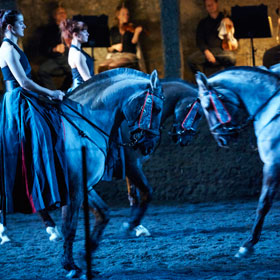
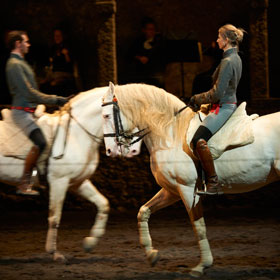
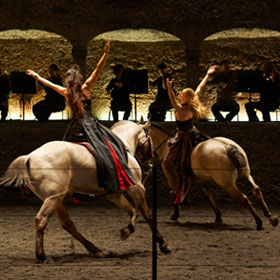
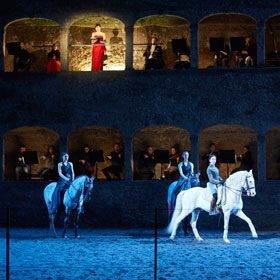
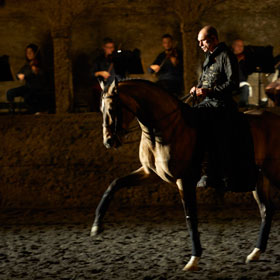
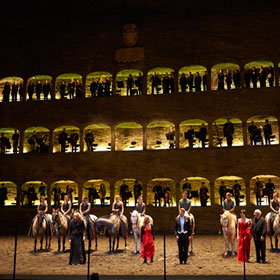
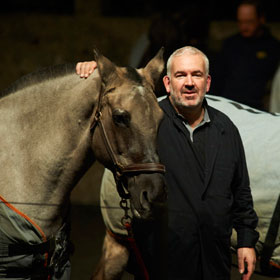
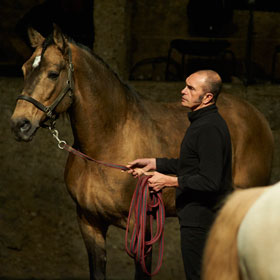
FROM THE MOZART WEEK 2015
Adagio and Fugue in C minor, K. 546
March of the Priests from The Magic Flute, K. 620
Masonic Funeral Music, K. 477
Davide penitente, K. 469 The presentation of Davide penitente at the Mozart Week 2015 is an event for all the senses: by bringing together the Salzburg Mozart tradition and contemporary culture with the Académie équestre de Versailles under Bartabas in an unusual and yet obvious location – The Felsenreitschule – new and surprising perspectives are offered for what is only seemingly to be the thoroughly known œuvre of Wolfgang Amadeus Mozart. Davide penitente at the Felsenreitschule Salzburg gives us a penitent king whose psalms are set to music of sublime rigour and to inspired virtuoso arias; it gives us traditional baroque choral music combined with the individualised impact of solos; and it gives us horses, choreographed by a master. The artistic colaboration between Marc Minkowski, Les Musiciens du Louvre Grenoble, outstanding singers, and the French equine artist and theatre practitioner Bartabas together with the Academy of Equestrian Arts turns Mozart’s cantata into a unique gesamtkunstwerk.
March of the Priests from The Magic Flute, K. 620
Masonic Funeral Music, K. 477
Davide penitente, K. 469 The presentation of Davide penitente at the Mozart Week 2015 is an event for all the senses: by bringing together the Salzburg Mozart tradition and contemporary culture with the Académie équestre de Versailles under Bartabas in an unusual and yet obvious location – The Felsenreitschule – new and surprising perspectives are offered for what is only seemingly to be the thoroughly known œuvre of Wolfgang Amadeus Mozart. Davide penitente at the Felsenreitschule Salzburg gives us a penitent king whose psalms are set to music of sublime rigour and to inspired virtuoso arias; it gives us traditional baroque choral music combined with the individualised impact of solos; and it gives us horses, choreographed by a master. The artistic colaboration between Marc Minkowski, Les Musiciens du Louvre Grenoble, outstanding singers, and the French equine artist and theatre practitioner Bartabas together with the Academy of Equestrian Arts turns Mozart’s cantata into a unique gesamtkunstwerk.
Bartabas’s art can hardly be categorized – his interpretation of Mozart’s music brings together horses and human beings, music, movement, light and costumes in a poetic synthesis of all the arts. In the Felsenreitschule he innovatively focuses the limelight on the stars for which this unique venue was created over three centuries ago: horses.
“The members of the Vienna Society for the Protection of Widows and Orphans demanded an oratorio of Mozart … The time being, however, too short for a new composition, he took out an unfinished Great Mass and fitted to it an … Italian … text, added arias and duets, and so arose the so called oratorio: Davide penitene, in which the choruses were removed from the Kyrie and Gloria and a solo for three parts added to the fugue.” Thus Maximilan Stadler, the executor appointed by Mozart’s widow to settle his musical estate, describes the genesis of the cantata, as it is now called, which was based on the composer’s “Great Mass in C minor”, the most important, along with the Requiem, of his uncompleted works.
Bartabas, director & choreographer
Académie Équestre de Versailles Marc Minkowski, conductor
Les Musiciens de Louvre Grenoble Christiane Karg, soprano
Marianne Crebassa, mezzo-soprano
Stanislas de Barbeyrac, tenor Salzburger Bachchor
Alois Glassner, chorus master
Bertrand Couderc, lighting designer Equestrians:
Bartabas, Laure Guillaume, Emmanuelle Santine, Emmanuel Dardenne, Anna Kozlovskaya, Émilie Tallet, Charlotte Tura Dubios, Adrien Samson, Severine Deperrois, Maïlys Frougneux, Cecile Lombard, Zoe San Martin Horses:
Le Caravage, Quilate, Chagall, Uccello, Le Curieux, Le Dormeur, Le Fourbe, Le Grincheux, L’Inquiet, L’Intrepide, Le Nerveux, Le Ruse
Académie Équestre de Versailles Marc Minkowski, conductor
Les Musiciens de Louvre Grenoble Christiane Karg, soprano
Marianne Crebassa, mezzo-soprano
Stanislas de Barbeyrac, tenor Salzburger Bachchor
Alois Glassner, chorus master
Bertrand Couderc, lighting designer Equestrians:
Bartabas, Laure Guillaume, Emmanuelle Santine, Emmanuel Dardenne, Anna Kozlovskaya, Émilie Tallet, Charlotte Tura Dubios, Adrien Samson, Severine Deperrois, Maïlys Frougneux, Cecile Lombard, Zoe San Martin Horses:
Le Caravage, Quilate, Chagall, Uccello, Le Curieux, Le Dormeur, Le Fourbe, Le Grincheux, L’Inquiet, L’Intrepide, Le Nerveux, Le Ruse
